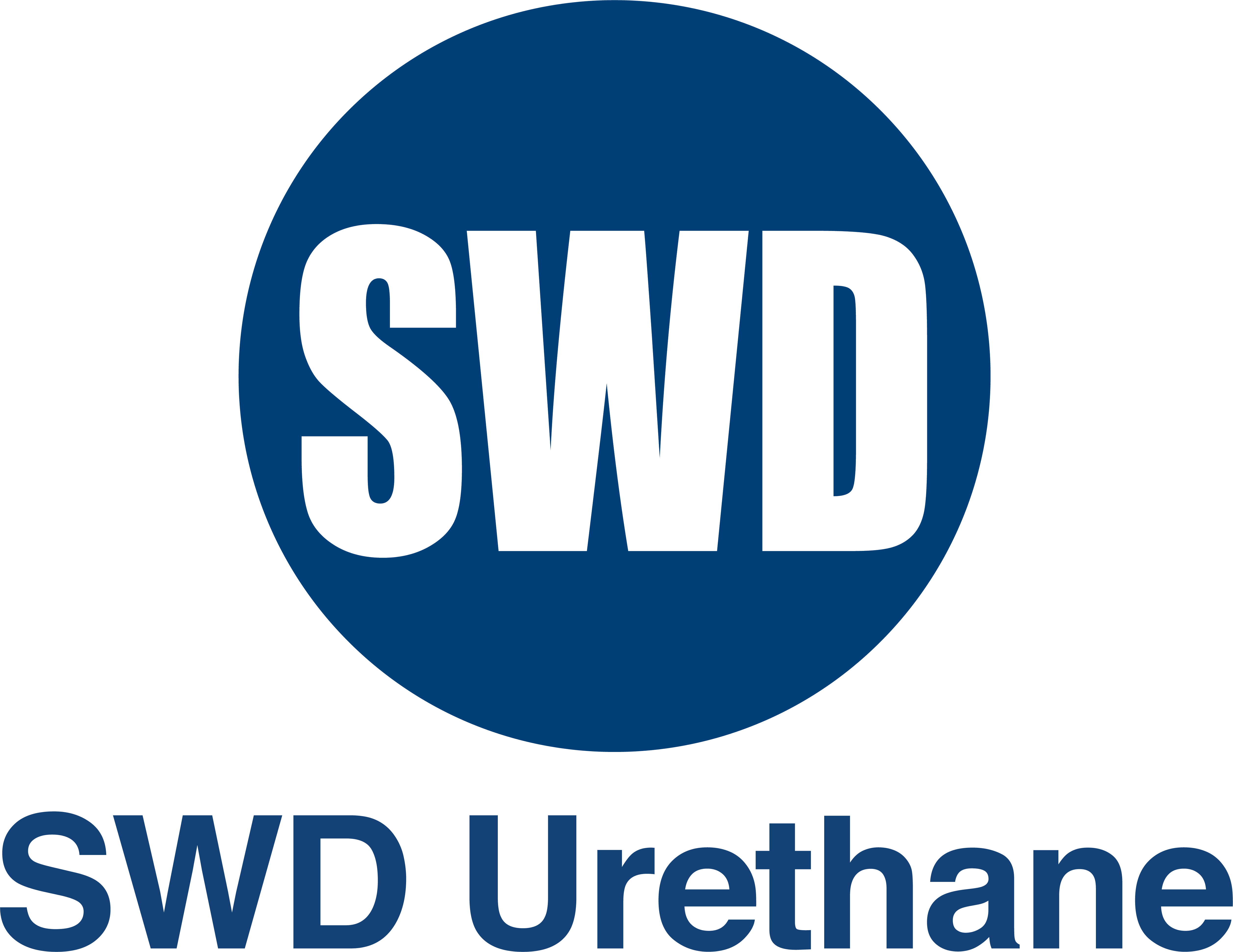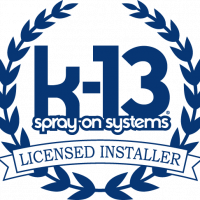Vapor barriers are a type of plastic film designed to be impermeable so as to prevent moisture from seeping through. They’re frequently used as part of a building envelope in walls and ceilings, and can also be used underneath certain flooring installations.
One of the most common questions Northern California residents have when remodeling a room or finishing off a basement concerns in which situations vapor barriers are needed after putting in the insulation. Not every wall requires a vapor barrier—keep in mind that it’s used to prevent water vapor from getting in through the protected surface. To determine whether you will need a vapor barrier, you must consider:
- Your climate: Certain climate zones are more likely to need a vapor barrier. Areas that see a wider range of temperatures and humidity levels throughout the year are more likely to need a vapor barrier than areas that see pretty consistent climates. Zones 4C, 5, 6, 7 and 8 should all have vapor barriers installed.
- Cladding type: Many homes are clad with brick, stone, stucco, fiber cement or wood, which can retain moisture and create moisture challenges. Therefore, homes with these types of materials are more likely to need vapor barriers.
- Wall location: If it’s an exterior wall and either of the above characteristics indicate that you need a vapor barrier, then it’s a good idea to place the barrier in that exterior wall.
Using the vapor barrier
Vapor barriers are often an automatic part of any wall construction in certain climates. However, if installed incorrectly, the vapor barrier could actually create extra moisture problems than what you would otherwise have encountered, which is why it’s a good idea to leave the installation up to the professionals if you’re not sure what you’re doing.
There are a variety of available options with vapor barriers. Smart vapor barriers feature material that is able to react to changes in surrounding humidity by creating corresponding changes to its physical structure. This results in letting moisture out of the wall, whether the humidity levels are higher outside of the wall or inside of the wall. This makes it an ideal solution for areas that see a mixed climate and varying humidity levels throughout the year as the seasons turn.
Vapor barriers should be installed after the insulation, but before the finished part of the wall (such as drywall). The material will likely only be a couple millimeters thick, but that is more than enough to prevent moisture from getting through and into some of the materials of your home, where it could potentially cause buildups of moisture resulting in mold or mildew and weakened structural integrity of the walls.
Are you interested in learning more about the various types of vapor barriers available and how to use them? Ace Insulation Inc. encourages you to contact our insulation contractors in Northern California for more information about in what situations vapor barriers are likely to be needed. We’ll be happy to answer any questions you have.


